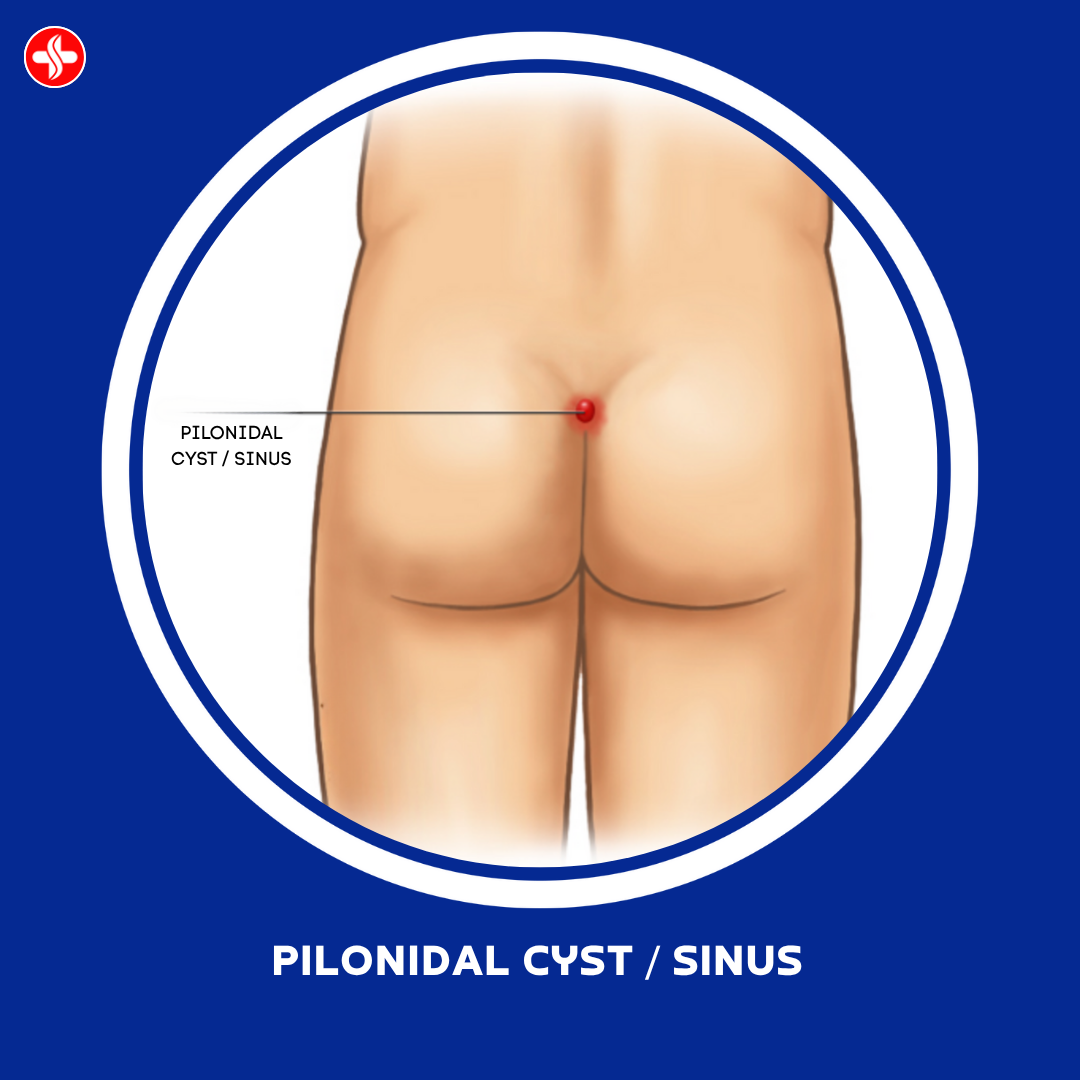Introduction
In recent years, laparoscopic surgery has emerged as a revolutionary technique in the field of surgical procedures. Also known as minimally invasive surgery (MIS), this innovative approach has transformed the way various surgical procedures are performed. Unlike traditional open surgeries, laparoscopic procedures utilize small incisions and specialized instruments, providing numerous benefits to both patients and surgeons. In this blog post, we will explore the remarkable advantages of laparoscopic surgery.
1. Reduced Trauma and Faster Recovery
One of the most significant advantages of laparoscopic surgery is the minimal invasiveness of the procedure. Instead of making a large, open incision, surgeons make several small incisions, each just a few centimeters in length. This leads to reduced trauma to the surrounding tissues, resulting in less pain and a faster recovery time for patients. In comparison to traditional open surgeries, patients who undergo laparoscopic procedures typically experience shorter hospital stays and can return to their normal activities sooner.
2. Minimal Scarring
Because laparoscopic surgery requires only small incisions, patients benefit from significantly smaller scars compared to open surgeries. These small scars are not only cosmetically appealing but also contribute to a reduced risk of post-operative complications such as wound infections and hernias.
3. Reduced Blood Loss
Due to the precision and specialized instruments used in laparoscopic surgery, there is typically less blood loss during the procedure. This is especially advantageous for patients with certain medical conditions that may make them more susceptible to complications related to excessive bleeding.
4. Lower Risk of Infection
The reduced trauma associated with laparoscopic surgery leads to a lower risk of post-operative infections. In open surgeries, larger incisions expose the internal organs to a higher risk of contamination. With laparoscopic techniques, the risk of infection is minimized, enhancing overall patient safety.
5. Improved Visualization and Precision
Laparoscopic procedures are performed using a high-definition camera and specialized instruments that provide surgeons with a magnified, detailed view of the internal organs. This enhanced visualization allows for greater precision in performing surgical tasks, ultimately leading to more successful outcomes.
6. Quicker Return to Normal Activities
Patients who undergo laparoscopic surgery typically experience a quicker return to their daily routines and activities. This is particularly beneficial for individuals with busy lifestyles or those who have work or family commitments.
7. Reduced Pain and Discomfort
Due to the smaller incisions and reduced tissue trauma, patients who undergo laparoscopic surgery generally experience less post-operative pain and discomfort compared to open surgery. This can lead to a more comfortable and smoother recovery process.
Conclusion
Laparoscopic surgery has revolutionized the field of surgical procedures by offering a less invasive and highly effective alternative to traditional open surgeries. With its numerous benefits, including reduced trauma, faster recovery, minimal scarring, and improved precision, laparoscopic surgery is becoming the preferred choice for many patients and surgeons alike. As medical technology continues to advance, we can expect even further refinements and innovations in laparoscopic techniques, ultimately leading to improved patient outcomes and a higher standard of care in the surgical field.




